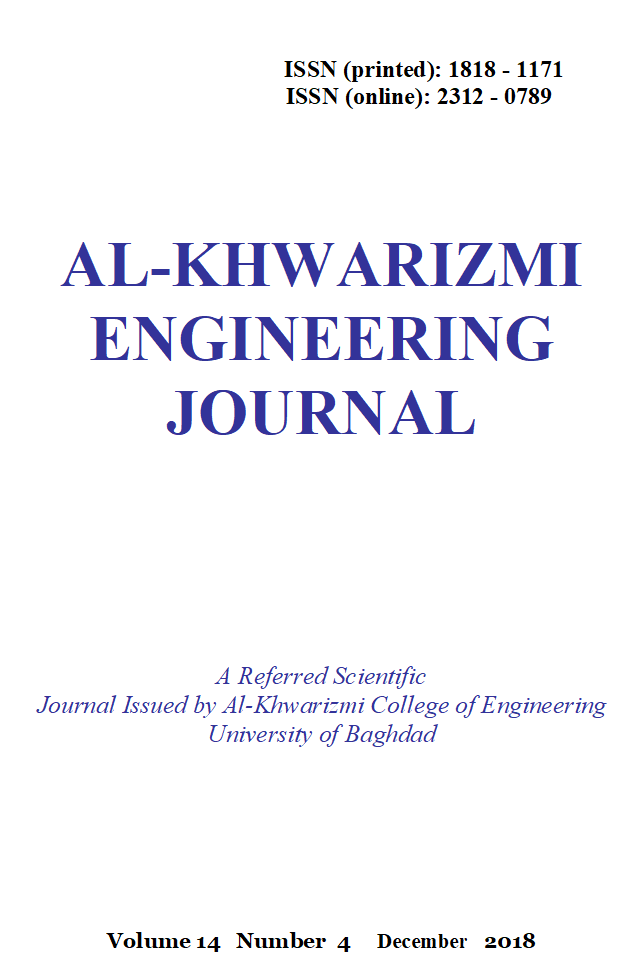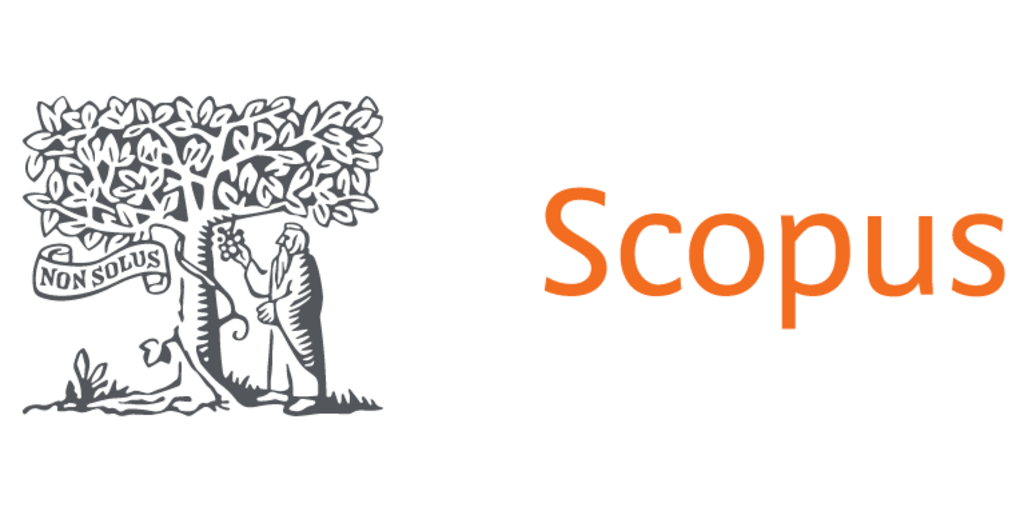Analysis the Surface Morphology of the Porous Media by using Atomic Force Microscope technique
DOI:
https://doi.org/10.22153/kej.2017.07.007Abstract
An atomic force microscope (AFM) technique is utilized to investigate the polystyrene (PS) impact upon the morphological properties of the outer as well as inner surface of poly vinyl chloride (PVC) porous fibers. Noticeable a new shape of the nodules at the outer and inner surfaces, namely "Crater nodules", has been observed. The fibers surface images have seen to be regular nodular texture at the skin of the inner and outer surfaces at low PS content. At PS content of 6 wt.%, the nodules structure was varied from Crater shape to stripe. While with increasing of PS content, the pore density reduces as a result of increasing the size of the pore at the fiber surface. Moreover, the test of 3D-AFM images shows that the roughness of both surfaces of fibers seems to be decreased with PS content. Alternatively, the fibers pure water permeability (PWP) has been declined with decreasing of fiber roughness.
Downloads
Downloads
Published
Issue
Section
License

This work is licensed under a Creative Commons Attribution 4.0 International License.
Copyright: Open Access authors retain the copyrights of their papers, and all open access articles are distributed under the terms of the Creative Commons Attribution License, which permits unrestricted use, distribution, and reproduction in any medium, provided that the original work is properly cited. The use of general descriptive names, trade names, trademarks, and so forth in this publication, even if not specifically identified, does not imply that these names are not protected by the relevant laws and regulations. While the advice and information in this journal are believed to be true and accurate on the date of its going to press, neither the authors, the editors, nor the publisher can accept any legal responsibility for any errors or omissions that may be made. The publisher makes no warranty, express or implied, with respect to the material contained herein.
















